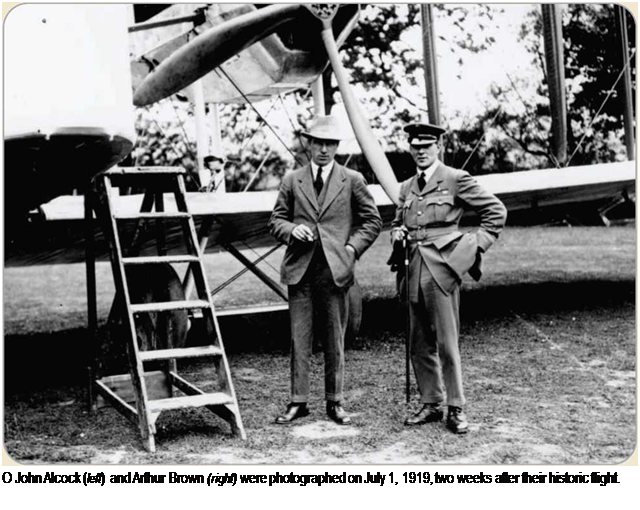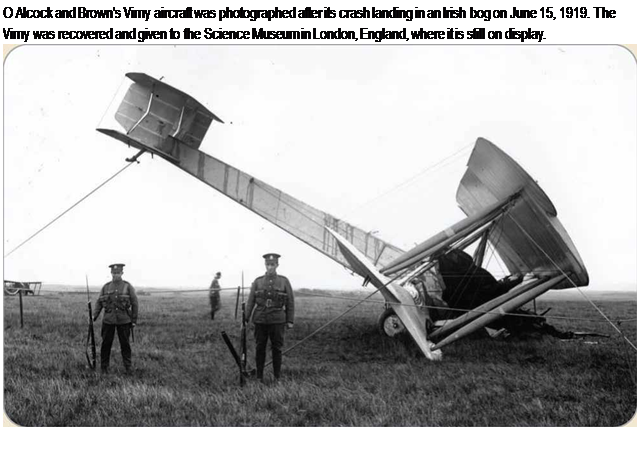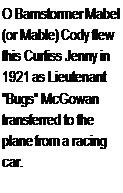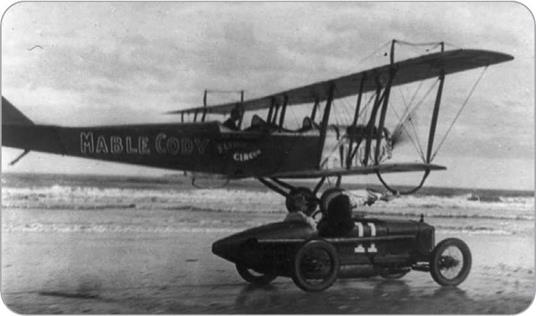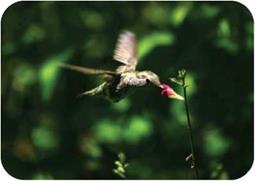A new aircraft must satisfy a particular need. Designers could produce all sorts of amazing designs for new aircraft, but if the aircraft are not needed, airlines or air forces will not buy the planes. The design for the Boeing 747 jumbo jet, for example, was produced when Pan American Airlines expressed a need for a new airliner that could carry up to 400 passengers.
In the early years of aviation, aircraft were built from very accurate drawings on paper. There was a drawing for every part of an aircraft and more drawings to show how they fit together. Every design goes through many changes before an airplane is built, and, before computers, every change needed new drawings. When the Boeing 747 was designed in the 1960s, 75,000 drawings were needed!
FLOATING AIRCRAFT
Some aircraft designs are very popular for a while, and then they disappear. Between the 1920s and 1940s, there were a lot of seaplanes, or aircraft that can land on water. Many seaplanes land and rest on floats on the water. A flying boat is a seaplane with a watertight hull, like a boat. These aircraft were popular in the period when there were few runways, especially outside Europe and the United States.
The big flying boat airliners disappeared because they could not match the new generation of airliners that came along after World War II (1939-1945), such as the Lockheed Constellation. Small seaplanes are still used today in places such as northern Canada and Alaska. In these remote places, with a lot of water to land on and few runways, seaplanes still offer the best way of getting around.
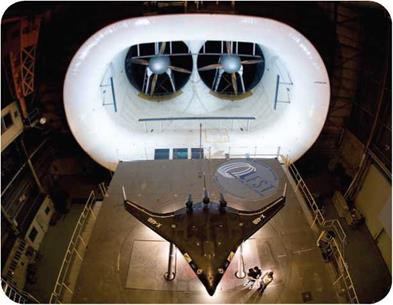
 О Researchers at NASA’s Langley Research Center in Hampton, Virginia, test the prototype X-48B aircraft in a full-scale wind tunnel in 2006.
О Researchers at NASA’s Langley Research Center in Hampton, Virginia, test the prototype X-48B aircraft in a full-scale wind tunnel in 2006.
to do some of the testing that actual models were used for in the past. Computer programs, for example, can simulate (or copy) the effect of air flowing around a plane. Computers cannot test everything, however, so wind tunnel tests with models are still carried out. Sometimes a new design is so different from existing aircraft that the only way to find out if it really works is to build it and fly it. In the United States, a series of experimental planes, or X-planes, have been built to test new aircraft designs of all sorts. The X-1 was the first supersonic airplane. The X-plane series also includes the X – 15, a rocket-powered space plane, and the X-45, a plane without a pilot.
|
О X-planes are experimental aircraft built for many different purposes. The X-45, seen here in 2003, is an unmanned combat air vehicle developed by Boeing’s Phantom Works design team.
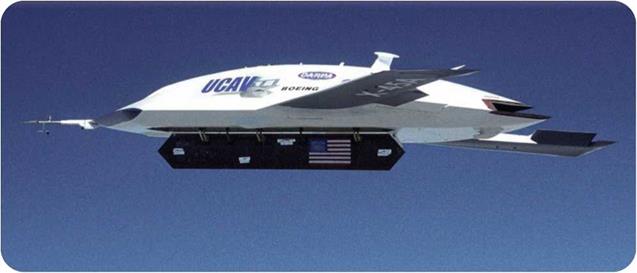
|
|
Eventually, a prototype is built for all new aircraft, experimental or not. Every new design for an aircraft must undergo a series of test flights before it is delivered to the buyer. Designers have to make sure that the aircraft flies exactly as they intended. Flight tests for the Boeing 747 jumbo jet used five aircraft for ten months. They were in the air for more than 1,500 hours.
When an airplane is designed and manufacturing begins, the design process does not stop. The first Boeing 747, the 747-100, went into service in 1970. By that time, work had already begun on a new jumbo jet, the 747-200. This model could carry more fuel and fly farther. The revised model led to the 747-300, which could carry more passengers. Then the biggest and most powerful 747 of all, the 747-400, was developed. There were cargo-carrying versions of the 747, too. In total, fifteen designs of the 747 have been built.












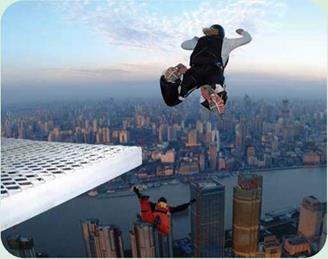

 О Researchers at NASA’s Langley Research Center in Hampton, Virginia, test the prototype X-48B aircraft in a full-scale wind tunnel in 2006.
О Researchers at NASA’s Langley Research Center in Hampton, Virginia, test the prototype X-48B aircraft in a full-scale wind tunnel in 2006.
